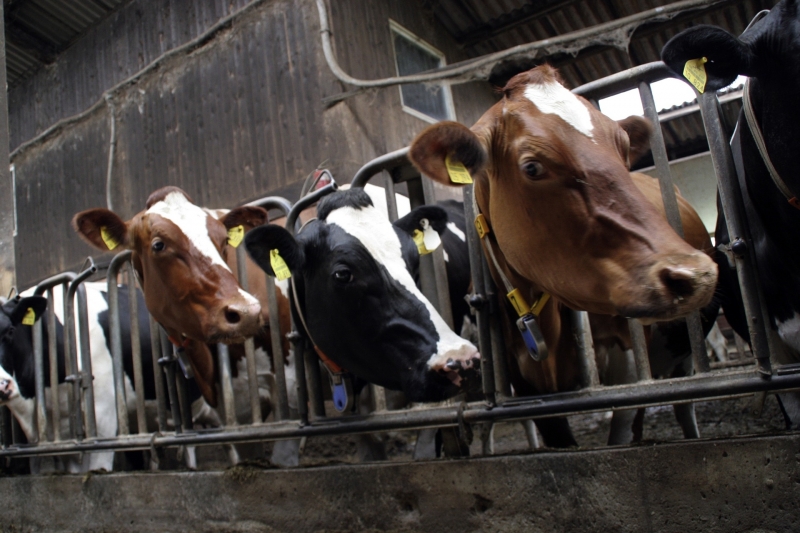The coronavirus pandemic is affecting a variety of industries, from travel to retail to restaurants. But perhaps the hardest-hit are meat and poultry processing plants, which have been experiencing outbreaks throughout the United States. In April, President Trump issued an Executive Order declaring these plants “critical infrastructure” to make sure they stay open, and the number of cases in these plants continued to rise in the days and weeks that followed. According to the Midwest Center for Investigative Reporting, as of June 15 there have been over 25,000 reported positive cases tied to meatpacking facilities in at least 235 plants in 33 states, and at least 90 reported worker deaths at 39 plants in 24 states.
Agribusiness’ experience with the pandemic highlights a larger concern for the industry. In Regulating CAFOs for the Well-Being of Farm Animals, Consumers, and the Environment, featured in the June issue of ELR—The Environmental Law Reporter, Lindsay Walton and Kristen King Jaiven address the shortcomings of animal agriculture industry and offer opportunities for innovation.
According to Walton and Jaiven, the livestock sector is one of the planet’s primary causes of resource consumption and environmental degradation. But unlike the family farms of centuries past, approximately 99% of meat and other animal products in the United States come from factory farms. Central to this “high-intensity, high-profit, and high-pollution industrial farming system” are concentrated animal feeding operations (CAFOs)—the number of which continue to grow.
The primary reason for this trend is the economic advantage CAFOs enjoy over small-scale models. But the market, explain the authors, is not an accurate representation of the true costs of meat production; it fails to internalize environmental and ethical consequences and is skewed by government subsidies. The authors offer suggestions for improving these market imbalances.
Likewise, they write, federal and state regulations “are riddled with exemptions and loopholes that allow factory farming to thrive throughout the United States at the expense of the environment, animal welfare, and human health and welfare.” The Article identifies existing federal, state, and local laws addressing animal welfare and federal environmental laws that should apply to the industry, and proposes modifying these to adequately protect farm animals and the environment.
Consumers can also play a role, and have become increasingly concerned about where their food comes from, how it was made, and the health consequences associated with its consumption. Food transparency movements that highlight environmental and animal welfare issues arising from CAFOs can therefore work to reduce consumer demand for factory-farmed meat.
In the end, urge the authors, finding innovative ways to promote best practices for CAFOs, increasing transparency in the food system, and supporting research and development into meat alternatives are our best options to manage the environmental consequences of factory farming while promoting animal and human health and welfare.
The article was adapted from Chapter 8 of What Can Animal Law Learn From Environmental Law?, 2d Edition (ELI Press, forthcoming 2020).
ELI is making this featured ELR article available free for download. To access all that ELR has to offer, including the full content of ELR—The Environmental Law Reporter and its archive, you must have a subscription.
To learn more, visit www.elr.info.
